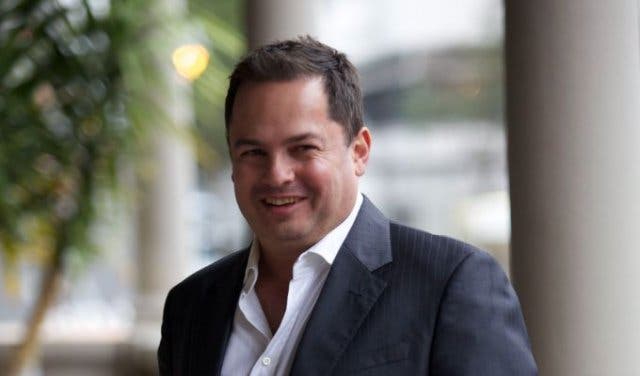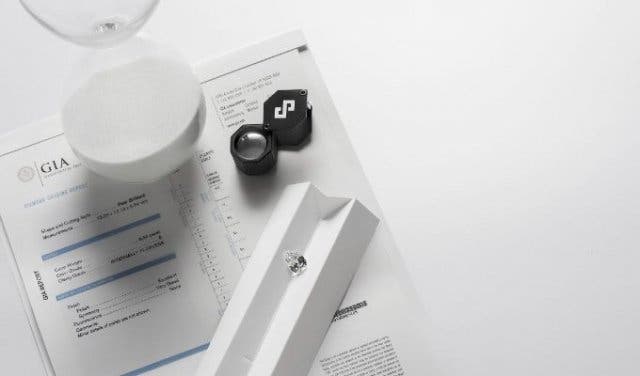![]() Knysna, but not the Knysna you think
Knysna, but not the Knysna you think
Locals help us uncover the hidden treasures of this Garden Route gem
| Mon - Sun | From 09:00 | |
 | 082 888 8888 |
 | Shop 7228, V&A Waterfront | The Clock Tower, Waterfront | The Rockwell, Green Point Cape Town |
 | http://shimansky.com |
 | enquiries@shimansky.com |
 | shimanskycollection |
 | shimanskyjewellery |
Carats, cuts, ethical sourcing, lab grown diamonds & more
Last updated: 19 September 2024
What makes a “good” diamond? Are lab-grown diamonds a smarter investment, and more sustainable? And what does carat actually mean?
With so many visitors buying diamond jewellery in Cape Town, our goal is to offer a simple and expert guide to buying these precious gems. So we spoke to a global jewellery and diamond expert that we trust and have known for years, Yair Shimansky, founder and CEO of Shimansky.
Yair Shimansky, founder of one of the most trusted diamond jewellery brands in South Africa, says there are five key factors that must be taken into consideration when evaluating the worth of a diamond: Cut, colour, clarity, carat, and confidence.
He knows everything there is to know about diamonds; he sources and buys Shimansky’s diamonds and gemstones directly from local mines and has meticulous oversight of the jewellery design, craftsmanship and production.

Mr. Yair Shimansky, founder and CEO of Shimansky. Image: Shimansky
One of the most important C’s is the cut of a diamond. It affects how light is directed within the stone to increase (or decrease) the diamond's sparkle. Optimal proportions and symmetry result in greater light reflection, which enhances the diamond's value.
The benchmark standard known as the “ideal cut” originates from the work of the diamond designer and engineer, Marcel Tolkowsky, who calculated the optimal angle for a diamond to display its most intense fire and brilliance.
Shimansky’s internationally patented diamond cuts – My Girl and Brilliant 10 – have been mastered to give the diamonds added fire, brilliance and scintillation through precision cutting and polishing. Scintillation is the radiant sparkle that is created when light reflects off of the facets of a diamond.
The My Girl diamond is the world’s first square cut diamond with a diamond-shaped table, and the Brilliant 10 diamond was designed and developed after extensive research in light behaviour and optics. The essence of this patented cut is its ability to reflect the light that enters the diamond back through the table with little to no light leakage – a world first in the diamond industry.

My Girl is one of Shimansky’s signature and exclusive patented diamond cuts. Image: Shimansky
The closer a diamond is to being absolutely colourless – with no hint of yellow or brown – the more rare and valuable it is.
A diamond with a rich yellow, orange, pink, green or blue colour is also very rare. These jewels are called fancy diamonds, and can be even more expensive than pure “white” or colourless ones.
For every 10 000 nearly colourless diamonds mined, only one natural fancy colour diamond will be discovered.

Fancy diamonds come in yellow, orange, pink, green and blue. Image: Shimansky
Almost all diamonds display tiny "birthmarks", called inclusions, which occurred naturally when the diamond was formed deep within the earth. They are nature’s fingerprint and give each diamond its unique character.
A gemstone is rated according to inclusions, known as clarity grading, which gives an indication of how many of these marks (inclusions) there are.
In most cases, inclusions are not visible to the naked eye and diamonds are therefore expertly viewed, magnified and inspected by jewellers and graders to access and grade. The clearer or closer to flawless a diamond is, the more desirable and valuable it is.

The iconic Millennium Ring is one of the most popular choices at Shimansky. Image: Shimansky
The carat indicates the weight (not size) of a diamond, with one carat being equal to 200mg. The term has an interesting origin. "Carat" traces back to the 1500s, when early gem traders relied on carob seeds to balance their scales due to the seeds’ uniform weight.
It’s a globally recognised standard, representing the precise milligram measurement that defines the weight of diamonds and other precious gemstones.
However, the value of a stone is not only determined by carat size, but by all of the factors above. So you may, for example, decide to buy a smaller diamond with high clarity grading and colour, or you could opt for a bigger diamond with lower colour and clarity.
This refers to the amount of confidence you have in the jeweller you’re buying from and the assurance that a diamond is as valuable as it’s claimed to be.
The diamond should be certified by an independent analysis and grading body, like the Gemological Institute of America (GIA) or the European Gemological Laboratory (EGL), and it should come with an authentic certificate or report.

Any reputable jeweller will be able to give you a certificate or report of authenticity. Image: Shimansky
At Shimansky, the journey of each diamond is responsibly traced from mine to finger. Every Shimansky diamond comes with an official guarantee of ethical compliance and authenticity. This means you can wear your diamond with pride, knowing it’s a symbol of love and commitment, sourced responsibly.
When ethical sourcing is not taken into consideration you run the risk of investing or buying “conflict diamonds” or “blood diamonds”. This refers to diamonds which are mined in an area of armed conflict and traded illicitly to finance warfare. They’ve become a major talking point in the industry as more and more people are looking for ethically-sourced, conflict-free diamonds.
These are an attractive option as they are more readily available and come with a lower price tag. However, this also means that lab grown diamonds make for a significantly lower-value investment. Because they are easily available, their value depreciates over time (unlike natural diamonds, which appreciate because of their rarity).
Natural diamonds are renowned for their extraordinary age and being directly from nature, having formed deep within the Earth over billions of years. In contrast, laboratory-grown or “lab-grown” diamond alternatives offer a different, man-made option. For most it’s the price point of these diamonds which adds to their allure.
It’s important to note that lab diamonds are not necessarily more sustainable than natural diamonds. Lab diamonds require huge amounts of energy because of the high heat needed to produce them. It’s estimated that to create one lab-grown diamond uses approximately the same amount of energy as powering a home for a month.

Shimansky diamonds make for a high-value investment, but with a heartfelt connection. Image: Shimansky
At Shimansky’s V&A boutique, you can learn more about these rare gemstones and browse their stunning pieces. It’s a dazzling feast for the senses with innovative diamond, Tanzanite, platinum, gold and silver jewellery creations available. See where to find Shimansky’s V&A boutique.
Shimansky boutique is open: Monday - Sunday from 9am to 9pm daily
Find it: Shop 7228, V&A Waterfront | The Clock Tower, Waterfront | The Rockwell, Green Point
Connect with Shimansky: 082 888 8888, @shimanskyjewellery, Shimansky website
By Julia Rowley
---
Here's everything you need to know about the Cape Town Ring.
Learn more about the fascinating history of diamonds at this museum.
---
Loved discovering this? Make sure you get our popular weekly newsletter. Follow and like us on Twitter ❤ Facebook ❤ LinkedIn ❤ Instagram ❤ Pinterest for updates.
![]() Knysna, but not the Knysna you think
Knysna, but not the Knysna you think
Locals help us uncover the hidden treasures of this Garden Route gem
![]() Cape Town’s top African drumming ...
Cape Town’s top African drumming ...
A layered story of South Africa’s musical traditions
![]() What locals don’t know about Table ...
What locals don’t know about Table ...
Cape Town’s highest bar (no ticket needed), free tours + more
![]() Norval Foundation, the art museum with ...
Norval Foundation, the art museum with ...
Unmissable summer exhibitions, picnics amongst the sculptures, & more
![]() The hidden seaside bistro on the ...
The hidden seaside bistro on the ...
Inventive small plates best explored with a wine pairing
![]() Reasons to visit this beach-side family ...
Reasons to visit this beach-side family ...
DIY waffles, loaded hotdogs, poke bowls, right on the beach
![]() Meet 100 bronze life-size figures at ...
Meet 100 bronze life-size figures at ...
From famous heroes like Mandela to forgotten ones like Autshumato
![]() The café creating space for ...
The café creating space for ...
It’s hidden in Hermanus. Here’s how to find it